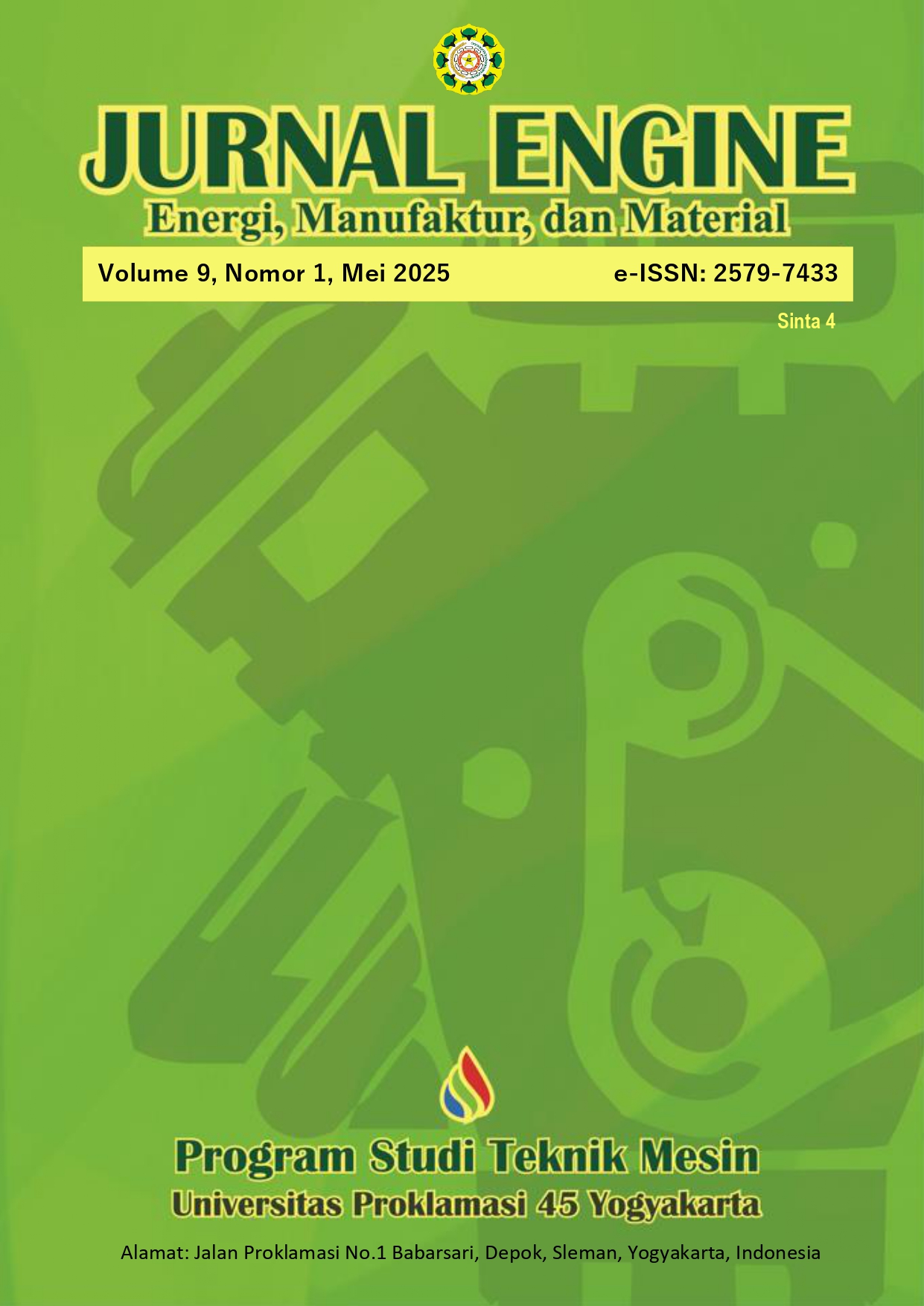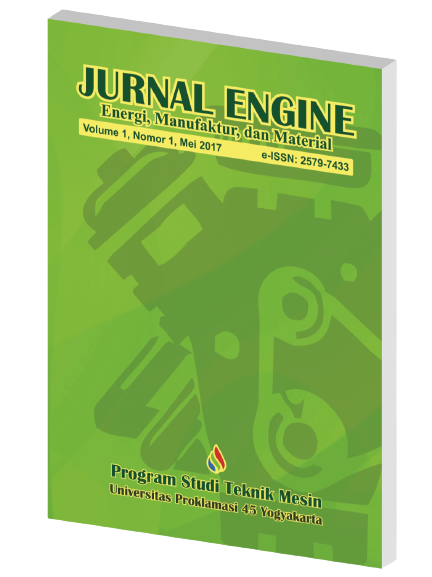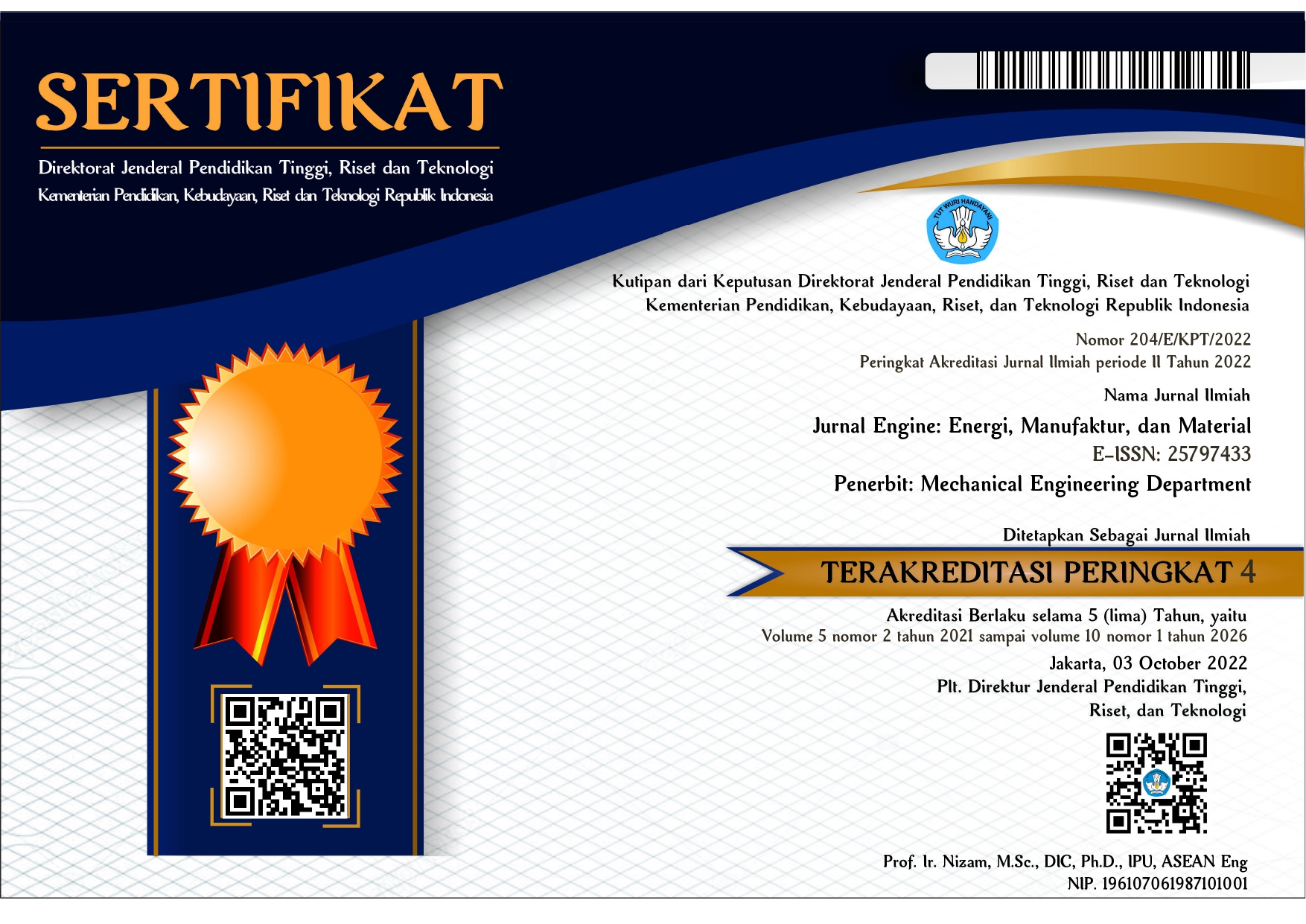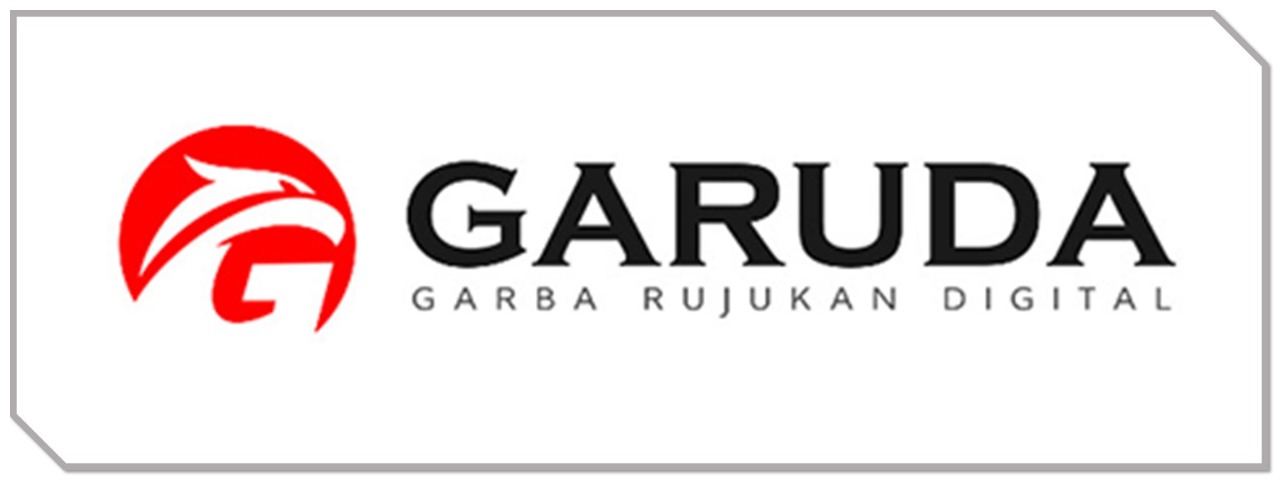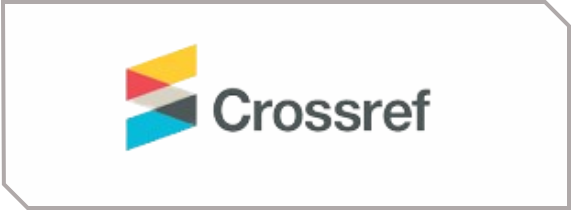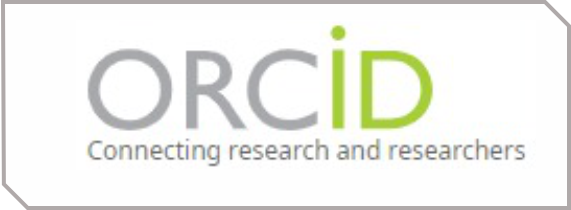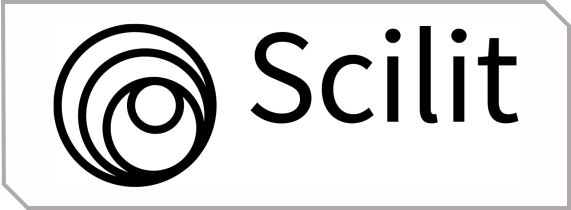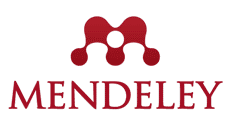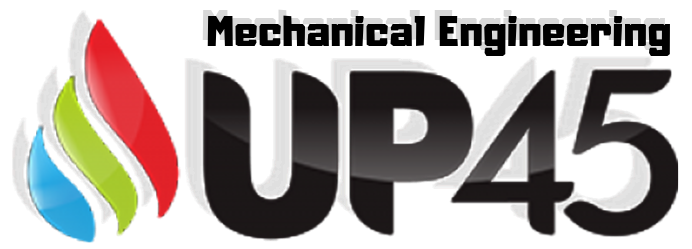Lean Manufacturing dalam Reduksi Waste untuk Peningkatan Efisiensi Produksi Konektor Tipe X di PT XYZ
Keywords:
Lean Manufacturing, Value Stream Mapping, Process Activity Mapping, Production Efficiency, Waste ReductionAbstract
Inefficient production processes can cause waste that results in delays, increased operational costs, and decreased productivity. Therefore, identifying and reducing waste is important in achieving better efficiency in the production process. This study aims to identify and reduce waste in the production process of type X connectors at PT XYZ by applying Lean Manufacturing principles. The methods used in this study include Value Stream Mapping (VSM) to map the production process flow and Process Activity Mapping (PAM) to analyze production activities in detail. The results of the analysis show that the largest waste occurs at the Operation stage (57.07%), followed by Transportation (26.65%) and Delays (10.89%). Based on the 5W + 1H analysis, it was found that the main causes of waste were the lack of measuring stations and inefficient warehouse layouts. Recommendations given include adding measuring stations, implementing IoT technology to automate data input, and optimizing warehouse layouts. The implementation of these improvements is expected to reduce waste, increase productivity, and help PT XYZ achieve production targets more efficiently.
References
Afif, M. S. N., & Sudarto, S. (2022). Penerapan Konsep Lean untuk Meningkatkan Operasi Warehouse di Industri Manufaktur. Operations Excellence: Journal of Applied Industrial Engineering, 14(1), 57. Retrieved from https://doi.org/10.22441/oe.2022.v14.i1.043
Ahmad, JK, H., & Yonathan, A. (2021). Meminimasi Pemborosan Dengan Lean Manufacturing Pada Proses Produksi di PT. IE. Seminar Nasional Hasil Penelitian Dan Pengabdian Kepada Masyarakat, 1451–1455.
Aisyah, S. (2020). Perencanaan Lean Manufacturing Untuk Mengurangi Pemborosan Menggunakan Metode Value Stream Mapping Pada PT Y Indonesia. Jurnal Optimasi Teknik Industri, 2(2), 56–59.
Andryanto, A., & Vanany, I. (2021). Application of Value Stream Mapping on Operating Project Business Process at Nickel Mining Industry. IPTEK Journal of Proceedings Series, 0(6), 296. Retrieved from https://doi.org/10.12962/j23546026.y2020i6.11113
Ari Sandy, N., Zabidi, Y., & Suhanto. (2024). Analisis Waste pada produksi pembuatan meja dengan pendekatan Lean Manufacturing. Jurnal Manajemen Dan Teknologi Rekayasa, 3(1), 43–52. Retrieved from https://doi.org/10.28989/jumantara.v3i2.1913
Fannysia, D., Hartini, S., & Santosa, P. P. P. (2022). Analisis Lean Manufacturing Produk Keramik dengan Pendekatan VALSAT dan Pemodelan DES Pada PT. Perkasa Primarindo. Jurnal Teknologi Dan Manajemen, 20(2), 133–148. Retrieved from https://doi.org/10.52330/jtm.v20i2.63
Indra Setiawan, Tumanggor, O. S. P., & Hardi Purba, H. (2021). Value Stream Mapping: Literature Review and Implications for Service Industry. Jurnal Sistem Teknik Industri, 23(2), 155–166. Retrieved from https://doi.org/10.32734/jsti.v23i2.6038
Irsyad, M. N., & Hartini, S. (2024). Value Stream Mapping Sebagai Alat Analisis Dalam Lean Manufacturing: Analisis Bibliometrik. Jurnal Teknik Industri, 19(1), 35–45.
Kasanah, Y. U., & Suryadhini, P. P. (2021). Identifikasi Pemborosan Aktivitas di Lantai Produksi PSR Menggunakan Process Activity Mapping dan Waste Assessment Model. Jurnal INTECH Teknik Industri Universitas Serang Raya, 7(2), 95–102. Retrieved from https://doi.org/10.30656/intech.v7i2.3880
Nur Rasyid, A., Aris Hendaryanto, I., Setiawan, W., & Winarno, A. (2024). Analisis Re-layout Line Machining Oil Separator dengan Metode Value Stream Mapping dalam Meningkatkan Efisiensi Produktivitas di PT. Astra Otoparts Divisi Nusametal 1) (Vol. 8).
Nurhayati, E. (2022). Lean Manufacturing Approach to Minimize Waste Production Using Value Stream Mapping. In International Conference On Sustainable Engineering And Technology (pp. 155–159). Yogyakarta.
Nurwahidah, A., Mulyadi, M., & Nilda, N. (2022). Penerapan Lean and Green Value Stream Mapping untuk Mengidentifikasi Waste dan Dampak Lingkungan pada Industri Manufaktur. ARIKA, 16(2), 64–71. Retrieved from https://doi.org/10.30598/arika.2022.16.2.64
Rosyidah, M., & Ismarini, R. (2022). Lean Manufacturing: Langkah Pengurangan Pemborosan Dalam Produksi. Sleman: CV Budi Utama.
Somantri, A. R., & Endang Prasetyaningsih. (2021). Reduksi Waste untuk Meningkatkan Produktivitas pada Proses Produksi Bracket Roulet Gordyn Menggunakan Pendekatan Lean Manufacturing. Jurnal Riset Teknik Industri, 1(2), 131–142. Retrieved from https://doi.org/10.29313/jrti.v1i2.416
Syaher, A. B., Mukti, M., Ramadhan, I., & Alfaritsy, A. Z. (2024). Pendekatan Lean Manufacturing Menggunakan Metode Value Stream Mapping (VSM) pada UMKM Samikem Sablon. Jurnal Ilmiah Penelitian Mahasiswa, 2(4), 423–432. Retrieved from https://doi.org/10.61722/jipm.v2i4.303
Trimarjoko, A., Mukhlis, D., Fathurohman, H., & Suwandi, S. (2020). Metode Value Stream Mapping dan Six Sigma untuk Perbaikan Kualitas Layanan Industri di Automotive Services Indonesia. IJIEM (Indonesian Journal of Industrial Engineering & Management), 1(2), 91–104. Retrieved from http://publikasi.mercubuana.ac.id/index.php/ijiem
Wijaya, Wi. (2024). Penerapan Lean Manufacturing untuk Meningkatkan Efisiensi Produksi. Circle Archive, 1(6), 1–9.
Zulfikar, A. M., & Rachman, T. (2020). Penerapan Value Stream Mapping dan Process Activity Mapping untuk Identifikasi dan Minimasi 7 Waste pada Proses Produksi Sepatu X di PT. PAI Jurnal Inovisi (Vol. 16).
Downloads
Published
How to Cite
Issue
Section
License
Copyright (c) 2025 Muhammad Kyodan Khalidzky, Winarno, Wildan Fatchan Maulidin (Author)

This work is licensed under a Creative Commons Attribution 4.0 International License.
Authors who publish with Jurnal Engine: Energi, Manufaktur, dan Material agree to the following terms:
Authors retain copyright and grant the Jurnal Engine: Energi, Manufaktur, dan Material right of first publication with the work simultaneously licensed under a Creative Commons Attribution 4.0 International License that allows others to share (copy and redistribute the material in any medium or format) and adapt (remix, transform, and build upon the material) the work for any purpose, even commercially with an acknowledgment of the work's authorship and initial publication in Jurnal Engine: Energi, Manufaktur, dan Material. Authors are able to enter into separate, additional contractual arrangements for the non-exclusive distribution of the journal's published version of the work (e.g., post it to an institutional repository or publish it in a book), with an acknowledgment of its initial publication in Jurnal Engine: Energi, Manufaktur, dan Material. Authors are permitted and encouraged to post their work online (e.g., in institutional repositories or on their website) prior to and during the submission process, as it can lead to productive exchanges, as well as earlier and greater citation of published work (See The Effect of Open Access).

